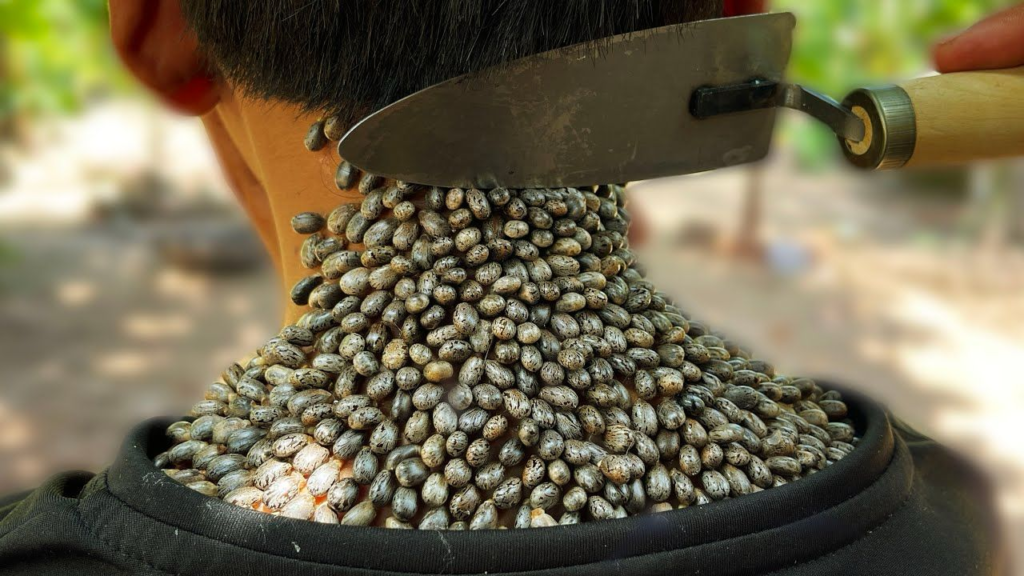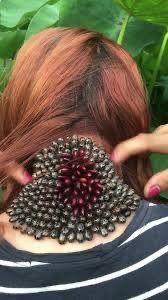It was a sweltering afternoon in Hyderabad, Sindh, when 10-year-old Ali returned home from a weekend camping trip with his family. As his mother helped him unpack, she noticed something alarming: a cluster of small, dark bumps on the back of his neck. Upon closer inspection, her worst fears were confirmed—Ali’s neck was teeming with ticks.
The Discovery

Ali’s mother had heard of ticks but had never encountered them firsthand. These tiny arachnids had latched onto her son’s skin, feeding on his blood and potentially transmitting dangerous diseases. Panic set in as she realized the severity of the situation.
Understanding the Enemy
Ticks are parasitic creatures that attach themselves to hosts, feeding on their blood. They can transmit various illnesses, including Lyme disease and Rocky Mountain spotted fever. In regions like Sindh, ticks are prevalent in grassy and wooded areas, making outdoor activities a potential risk.

The Removal Process
Determined to help her son, Ali’s mother sought guidance on proper tick removal. She learned that using fine-tipped tweezers is the most effective method:
- Preparation: She sterilized a pair of tweezers with rubbing alcohol and donned gloves to prevent any potential disease transmission.
- Grasping the Tick: Carefully, she grasped each tick as close to the skin’s surface as possible, aiming to remove the entire tick, including its head.

- Steady Removal: With a firm, steady motion, she pulled the tick upward without twisting, ensuring the mouthparts didn’t break off and remain embedded in the skin.
- Aftercare: After each removal, she cleaned the bite area with soap and water, followed by an antiseptic to prevent infection.
- Disposal: The removed ticks were placed in a sealed container with alcohol to ensure they were dead and couldn’t pose further risk.

Medical Attention
Despite successfully removing the ticks, Ali’s mother took him to a local clinic for a thorough examination. The doctor commended her prompt action and advised monitoring Ali for any signs of tick-borne illnesses over the next few weeks.

Prevention for the Future
This harrowing experience served as a wake-up call for Ali’s family. They implemented several preventive measures:
- Protective Clothing: Wearing long sleeves and pants during outdoor activities to minimize skin exposure.
- Tick Repellents: Applying insect repellents containing DEET on skin and permethrin on clothing.
- Regular Checks: Conducting full-body tick checks after spending time outdoors, especially in tick-prone areas.
- Landscaping: Keeping their yard tidy by mowing the lawn regularly and removing leaf litter to reduce tick habitats.

Conclusion
Ali’s encounter with ticks was a frightening ordeal, but it highlighted the importance of awareness and prompt action. By educating themselves and taking preventive measures, his family turned a terrifying experience into a lesson in vigilance and care.


